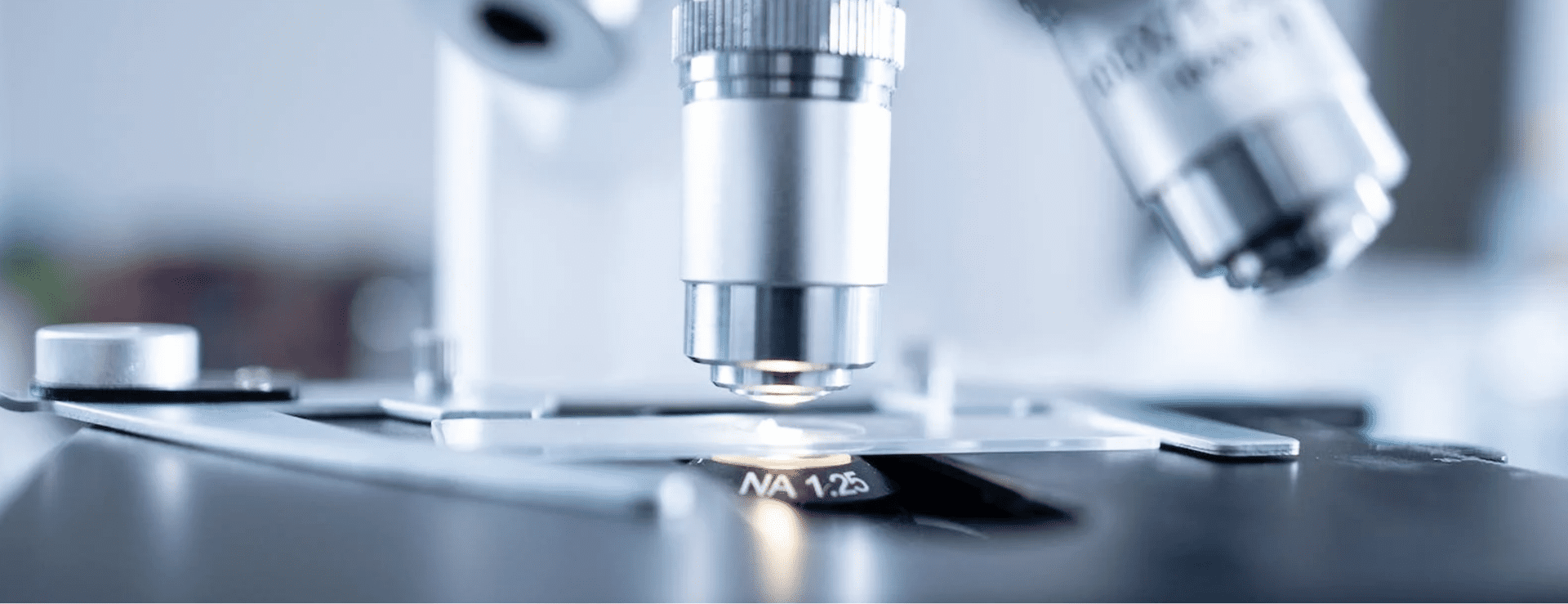Endoscopic surgery, one of the great advances in medicine, is a minimally invasive surgical method that helps to alleviate pain for patients, and enables them to recover and regain mobility quickly.
Arthroscopy is a technique in which an orthopedic surgeon inserts a small lens (called an endoscope) into a patient’s joint. The endoscope displays on-screen detailed images of the inside of the joint, helping the surgeon to examine, diagnose and manipulate the joint using very small surgical instruments, to effectively treat musculoskeletal diseases.
Endoscopic surgery is often used in orthopedic trauma to treat shoulder, knee, hip, wrist, ankle, and elbow joints.
Advantages of endoscopic surgery in the treatment of musculoskeletal diseases:
– This is an effective method to help reduce the symptoms of joint pain caused by injuries such as rotator cuff tendon tear, joint cartilage injury and shoulder cartilage injury, and in labrum reconstruction surgery in the knee joint, which may be required after a sports injury or traffic accident.
– Since endoscopic and surgical instruments are very small in size, surgeons only need to make small incisions, instead of creating large ones as in the case of open surgery. This helps to curb postoperative pain, reduces the risk of infection and leads to less blood loss.
– This method shortens treatment time and allows patients to recover quickly and return to daily life. Recovery time after laparoscopic surgery is very fast – only 1 to 3 days to be able to leave the hospital, making this much shorter than open surgery. However, a full recovery can still take from a few weeks to a few months.
– Incisions are small and less visible.
– Complications are minimised compared with open surgery. However, there are still a few complications that can occur in patients who have undergone joint endoscopy. These include infection, blood clot formation, and damage to blood vessels or nerves.
Musculoskeletal endoscopy is a surgical intervention that needs to be performed by a highly skilled physician. In addition, there should be close coordination between orthopedic surgeons, radiologists, and the anesthesiologist, and the operation should be supported by modern equipment..
1. Shoulder arthroscopy
The shoulder consists of multiple joints. The combination of muscle tendons and the shoulder joint shape gives the arm a wide range of motion from front to back. However, this is also why the shoulder joint is susceptible to injury and disorders such as painful inflammation, stiffness and frozen shoulder.
Cases where it is necessary to perform endoscopic surgery on the shoulder joint:
– Tear or damage to the cartilage ring or ligament
– Shoulder joint instability, which is a condition in which the shoulder joint is loose and slips around too much or is dislocated (the humerus slips off the glenoid fossa of scapula)
– A bicep tendon is torn or damaged
– Rotator cuff tear
– Osteophytes or severe inflammation around the rotator cuff
– The joint is inflamed or damaged as in rheumatoid arthritis
– Arthritis at the tip of the collarbone
– Subacromial impingement syndrome: surgery is needed to create more space for the shoulder joint to move around
2. Knee arthroscopy
Knee joints play a very important role in the body’s movements. The elderly, and people who use their knee joints very intensely due to their occupations or sports activities, often face the risk of knee pain, which can cause difficulties and affect mobility.
Laparoscopic knee surgery is necessary in the following cases:
– Sports injuries or traffic accidents that cause ligaments in the knee joint to tear
– Knee cartilage damage due to trauma or degeneration in the elderly
– When the patient experiences constant pain in the knee joint, and many drugs combined with physiotherapy have been used without success
– When arthritis seriously affects the health of the patient so that they are unable to sleep or work, for example
– When the knee joint is constantly swollen and stiff for a long time, affecting the surrounding joints
– When a patient who has knee pain wants to keep taking part in activities or playing sports
3. Arthroscopy for cruciate ligament rupture
Rupture of the cruciate ligament in the knee can occur accidentally when a patient takes part in sports, works or travels. The cruciate ligaments of the knee joint are the anterior and posterior cruciate ligaments. Surgery is one of the main treatments used if either is ruptured. It is designed to return the features and function of the cruciate ligament to their original state, for maximum knee joint restoration, helping the patient to move and function normally.
Cases where laparoscopic surgery to cut the ligament is necessary:
– The ligament of the knee joint has been completely or partially torn, and the knee is unstable
– The patient has undergone a rehabilitation program but the knee is still not stable
– The patient does a high level of exercise, e.g. plays sports or has a job that requires intensive use of the knees
– Cruciate ligament rupture of the knee joint has resulted in secondary damage to the meniscus or degenerative joint
Hoan My Dong Nai ITO Hospital, with its strong Orthopedics Department specialising in musculoskeletal diseases, has treated thousands of patients. With a team of experienced doctors and leading musculoskeletal specialists from France, the hospital applies the laparoscopic method of surgery with two modern systems, Conmed and Stryker, helping doctors to diagnose and treat patients effectively using endoscopy.
Phan Thanh Nam, M.D.
Head of the Department of Surgical and Orthopedic Trauma
Hoan My Dong Nai ITO Hospital
